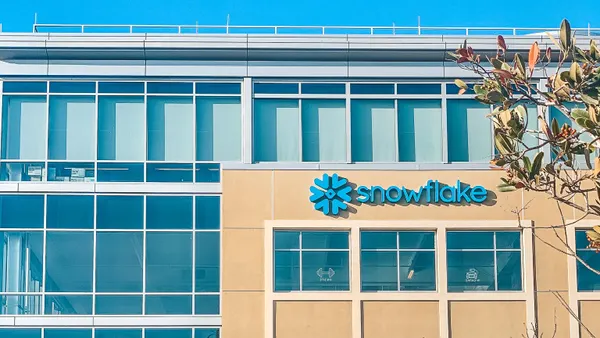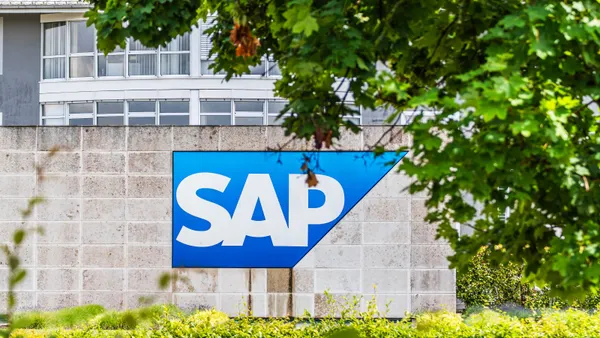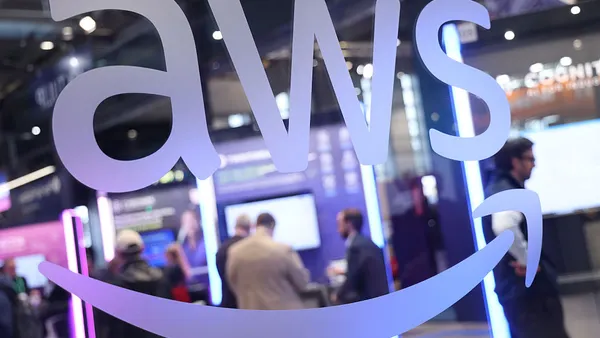Dive Brief:
- As AWS, Microsoft and Google Cloud compete to expand their reach, they are undertaking costly infrastructure buildouts, according to a new Forrester report. All three hyperscalers have opened new data centers over the last two years, in places like Arizona, Ohio and Texas, the analyst firm said in a July report.
- AWS now operates 32 local zones globally, including 17 in the U.S., offering low-latency infrastructure and select core services, Forrester said. Microsoft opened an Arizona data center in 2021 and Google Cloud’s Dallas and Columbus, Ohio regions went live last year.
- Infrastructure build outs are just one factor pushing up cloud costs, Forrester Principal Analyst Lee Sustar said. “Now they must invest heavily in infrastructure to support AI workloads even as they build out new and smaller data centers to accommodate workloads at the edge,” Sustar said via email. “This will certainly lead to operating cost pressures.”
Dive Insight:
Cloud is now default for companies committed to modernizing systems, optimizing processes and bringing to market new products and services.
Nine in 10 companies have some cloud footprint, even if they are continuing to invest in on-prem compute, and 88% of companies using public cloud do business with more than one provider, the analyst firm found.
Over two-thirds of the more than 600 organizations surveyed rely on public cloud as their primary computing platform.
“Cloud is the reference point for enterprise IT,” Sustar said. “There may be good reasons to keep workloads on premises — data gravity, security, latency and compliance — but cloud increasingly captures new IT investments where those factors are secondary and the costs make sense.”
AWS, Microsoft and Google Cloud have met the growing demand by deploying new functionalities and enhanced capabilities, such as generative AI and industry-specific verticals, and building out infrastructure to improve speed and reliability.
Data center storage and compute capacity is expected to double in the next five years, driven primarily by hyperscaler build outs, according to a Synergy Research Group analysis published Wednesday.
Hyperscalers operate close to 900 large data centers around the world, accounting for more than one-third of the world’s capacity, the research firm found.
“The hyperscalers have been in intense competition for several years to build out their infrastructure to scale the globe at huge costs, as evidenced by Google Cloud’s operating losses until quite recently,” said Sustar.
Alphabet reported Google Cloud’s first profitable quarter in April. However, revenue growth slowed for all three hyperscalers over the last 18 months, as mounting economic uncertainty drove enterprises to scrutinize cloud spending and optimize existing deployments.
The optimization trend is likely to continue as more organizations move to adopt FinOps tools and practices to align consumption with outcomes.
Nearly three-quarters of enterprises had already convened FinOps cost management teams by the end of last year, according to software company Flexera’s annual State of Cloud report.















